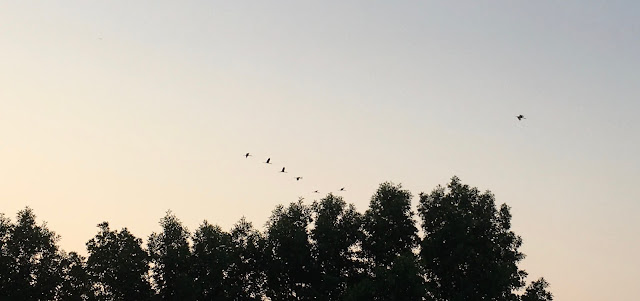Posts

Posted by
flowergirl
Lockdown diaries - Crow Chronicles
- Get link
- X
- Other Apps

Posted by
flowergirl
Lockdown diaries - all is well in the world
- Get link
- X
- Other Apps

Posted by
flowergirl
Lockdown diaries - Yellow and Purple
- Get link
- X
- Other Apps

Posted by
flowergirl
Lockdown diaries - A tree lifer
- Get link
- X
- Other Apps

Posted by
flowergirl
Lockdown diaries - The constant gardener
- Get link
- X
- Other Apps

Posted by
flowergirl
Lockdown diaries - I wandered today with Wordsworth for company
- Get link
- X
- Other Apps

Posted by
flowergirl
Lockdown diaries - Plumeria pinwheels
- Get link
- X
- Other Apps
Posted by
flowergirl
Memories of a crocodile - The Hindu
- Get link
- X
- Other Apps
Posted by
flowergirl
Bring me a nightmare - Asia’s hunger for sand is harmful to farming and the environment | Asia | The Economist
- Get link
- X
- Other Apps

Posted by
flowergirl
Manas Day 1 highlights
- Get link
- X
- Other Apps
